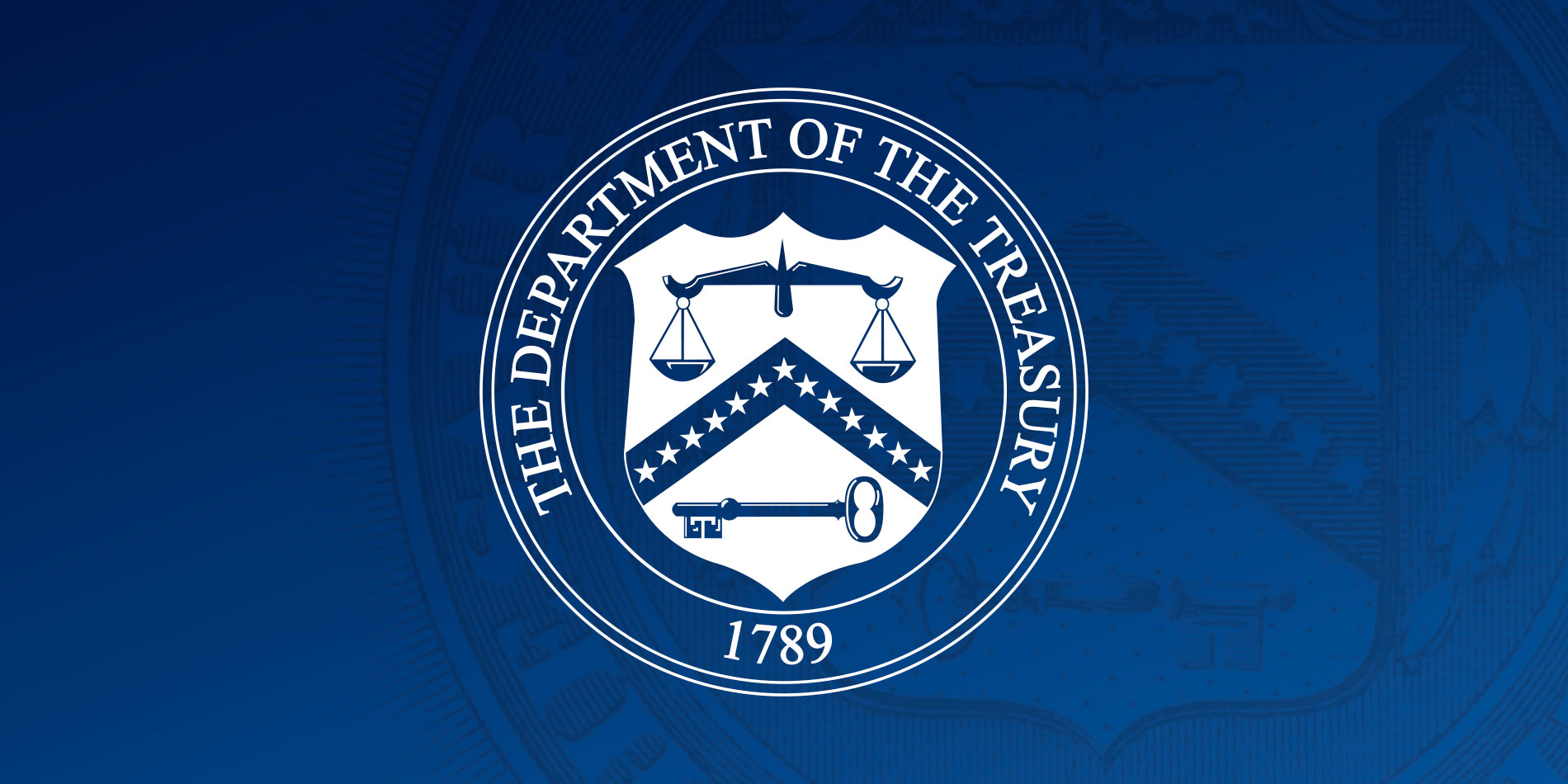WASHINGTON — Today, the U.S. Department of the Treasury issued the 2023 De-risking Strategy, as mandated by Congress in the Anti-Money Laundering Act of 2020. The first of its kind, the Strategy examines the phenomenon of financial institutions de-risking and its causes, and it identifies those greatest impacted. It also offers recommended policy options to combat it.
De-risking occurs when financial institutions terminate or restrict business relationships indiscriminately with broad categories of customers rather than analyzing and managing the risk of those customers. De-risking undermines several key U.S. government policy objectives by driving financial activity out of the regulated financial system, hampering remittances, preventing low- and middle-income segments of the population from efficiently accessing the financial system, and preventing the unencumbered transfer of humanitarian aid and disaster relief.
This strategy reflects the Biden-Harris Administration’s priority to shape a safer, more transparent, and more accessible financial system, while at the same time maintaining a robust framework to protect the U.S. financial system from illicit actors and bolstering national security.
Striking the important balance between these two objectives is a critical part of making the U.S. Anti-Money Laundering/Countering the Financing of Terrorism (AML/CFT) framework effective. In particular, the Administration places a high priority on addressing de-risking, as it does not only hurt certain communities but can pose a national security risk by driving financial activity outside of regulated channels.
“Broad access to well-regulated financial services is in the interest of the United States,” stated Deputy Secretary Wally Adeyemo. “This strategy represents the next step in Treasury’s longstanding commitment to combatting de-risking and highlights the importance of financial institutions assessing and managing risk. The policy recommendations in this strategy constitute the strongest measures Treasury has proposed on de-risking to date, reflecting the importance of this issue for the Biden-Harris Administration.”
To inform this report, Treasury engaged in extensive consultation with the public and private sector—including banks, small and medium-size Money Service Businesses (MSBs), diaspora communities that depend on these businesses for remittances, and certain kinds of small businesses and humanitarian organizations—to understand the root cause and negative impacts of de-risking.
The strategy found that profitability is the primary factor in financial institutions’ de-risking decisions. The strategy also highlights that profitability is influenced by a range of factors, such as a financial institution’s available resources and the cost of implementing AML/CFT compliance measures and systems commensurate with the risk posed by customers. Other factors the strategy identifies include reputational risk, financial institution risk appetite, a perceived lack of clarity regarding regulatory expectations, and regulatory burdens.
The strategy provides concrete recommendations on how to promote consistent regulatory expectations, provide better incentives to U.S. banks to avoid de-risking, and to advance public and private engagement and cooperation at home and abroad. In the coming weeks and months, Treasury will be reaching out to partners in the public and private sector to coordinate the best path forward to implement the recommendations in the strategy.
Official news published at https://home.treasury.gov/news/press-releases/jy1438


